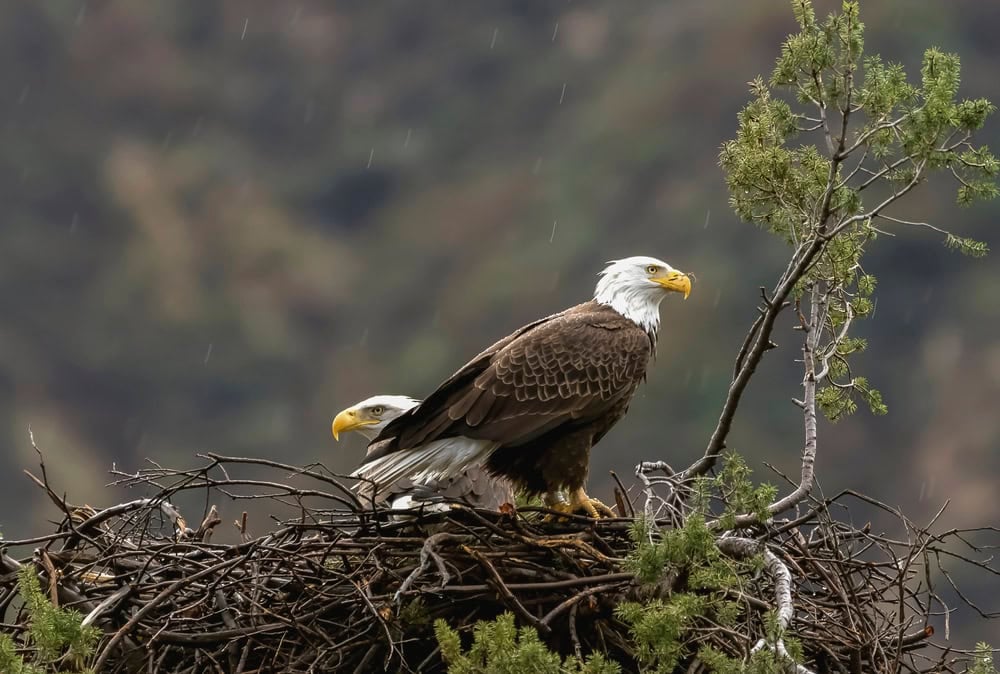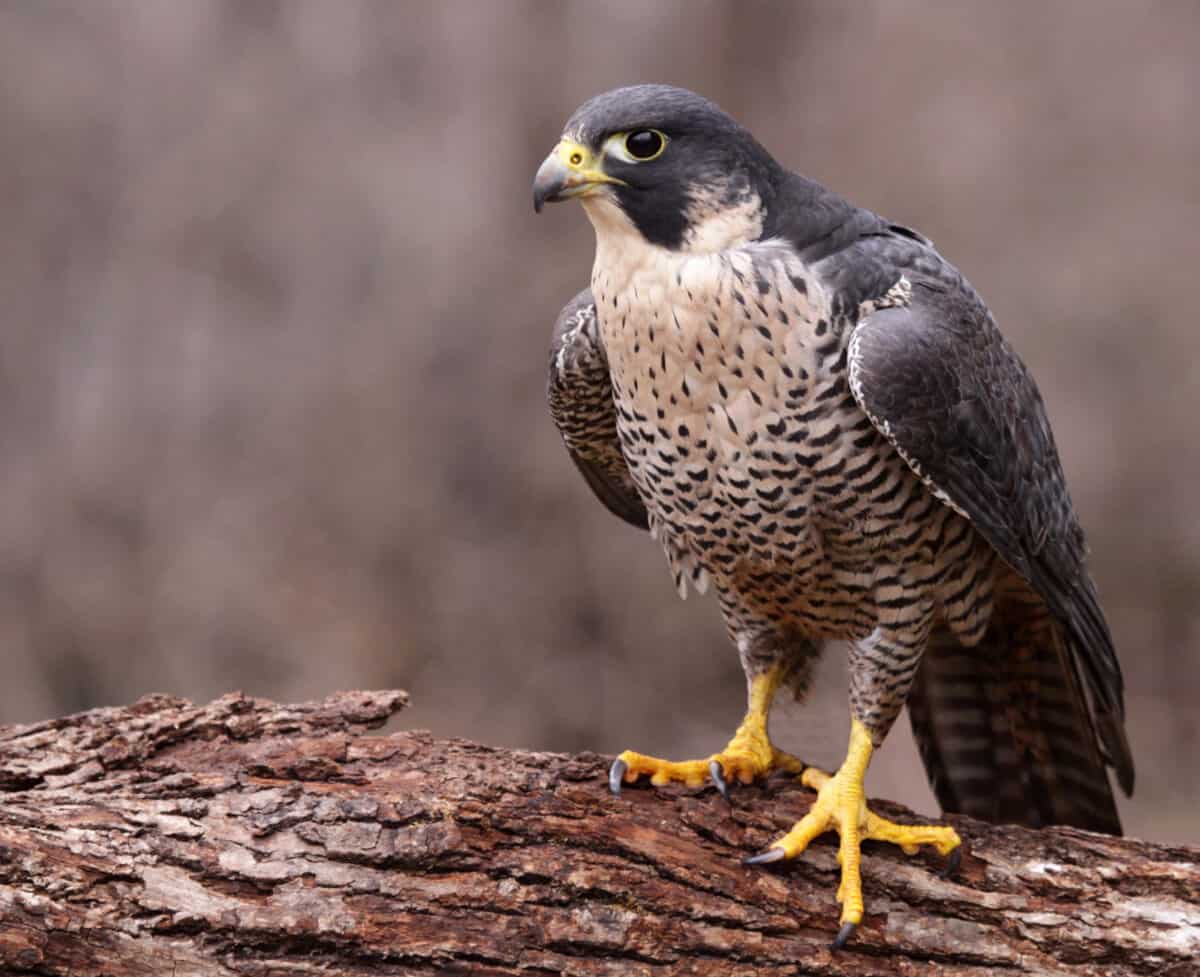In recent years, the resilience and adaptability of wildlife have been showcased through the remarkable comebacks of several animal species in the United States. Once deemed on the brink of extinction, these species have rebounded due to concerted conservation efforts, changes in legislation, and increasing public awareness. Join us as we explore the fascinating stories behind seven animal species that have made unexpected yet inspiring recoveries in American landscapes.
Bald Eagles: From Near Extinction to Thriving Populations

Symbolic of freedom and strength, the bald eagle faced drastic declines due to habitat loss and the widespread use of the pesticide DDT in the mid-20th century. Following a concerted effort to ban DDT and protect habitats, eagle populations gradually recovered. Today, these majestic birds have been removed from the Endangered Species List, with thriving populations across the nation, reminding us of nature’s resilience and the power of protective legislation.
Gray Wolves: Reclaiming Their Territory

The gray wolf, once abundant throughout the United States, saw its numbers plummet due to excessive hunting and habitat fragmentation. Thanks to reintroduction programs, particularly in the Yellowstone region, these apex predators have reestablished a foothold in the wild. Their return has had a cascading positive effect on ecosystem balance, illustrating the critical role of top predators in maintaining the health of their environments.
American Alligators: From Endangered to Abundant

Once listed as endangered in the 1960s, American alligators were victims of unregulated hunting and habitat destruction. Their recovery is hailed as a conservation success story, attributed to the enforcement of hunting regulations and habitat protections under the Endangered Species Act. Presently, these reptiles are not only stable but have returned in such numbers that they are sustainably hunted for meat and hides in several states.
California Condors: Soaring High Again

The California condor, North America’s largest land bird, faced imminent extinction in the 1980s, with only 27 birds remaining. Intensive captive breeding programs and subsequent release initiatives have seen their numbers rise to over 400 today. These scavengers are gradually reclaiming parts of their historic range in California and Arizona, demonstrating the impact of dedicated conservation efforts and ongoing habitat management.
Sea Otters: Making Waves in Coastal Ecosystems

Sea otters were hunted nearly to extinction for their fur by the early 20th century. Conservation measures, including legal protections and reintroduction initiatives, have helped their populations rebound significantly along the Pacific Coast. These playful marine mammals play a vital role in maintaining the health of kelp forest ecosystems, showcasing how species recovery can enhance biodiversity and ecosystem resilience.
Peregrine Falcons: Back from the Brink

Once critically endangered due to DDT-induced eggshell thinning, peregrine falcons have made a triumphant recovery following the chemical’s ban in the 1970s. Successful breeding programs and urban adaptation have contributed to their resurgence. Now, these agile raptors can often be witnessed in urban areas, where tall buildings substitute natural cliffs, facilitating their survival and proliferation in unexpected environments.
Florida Panthers: Navigating Modern Challenges

The Florida panther, a solitary and elusive predator, was pushed to the edge of extinction by habitat loss and vehicle collisions. With numbers dwindling to below 30 in the 1970s, conservation strategies, including habitat corridors and public awareness initiatives, have supported a gradual increase in their population. These efforts underline the necessity of human intervention amidst rapidly changing landscapes to ensure species preservation.
Conclusion: Celebrating Success and Continuing Commitment

These triumphant stories of animal species rebound in the United States highlight the impact of dedicated conservation efforts, legislative protection, and public support. They also serve as a reminder of the ongoing challenges that many species continue to face. As we celebrate these successes, it is imperative to sustain and enhance conservation strategies to safeguard the future of wildlife in the face of ecological challenges, ensuring that future generations can continue to marvel at these natural wonders.
- The Most Underrated National Parks That You Should Visit - August 19, 2025
- Animals That Can Freeze and Revive - August 19, 2025
- The Deadliest Snake Encounter Stories – Real-Life Close Calls - August 19, 2025

